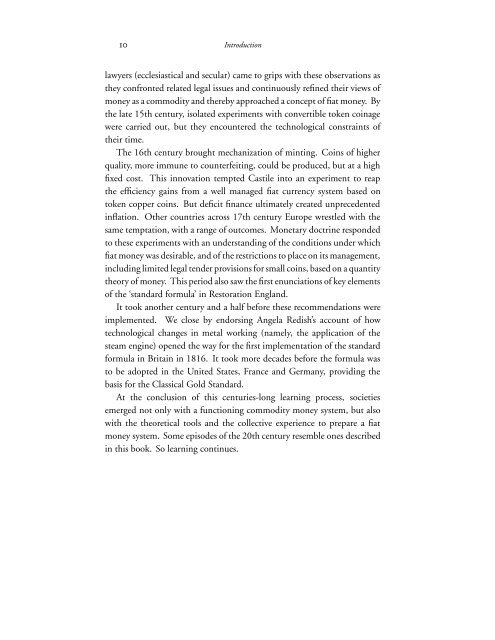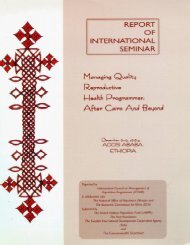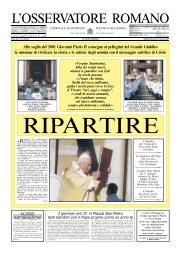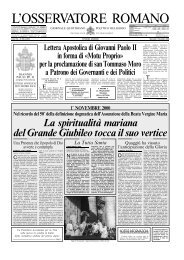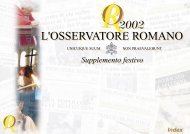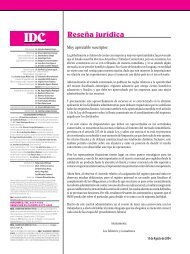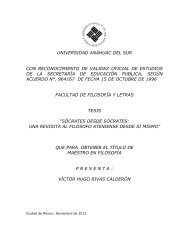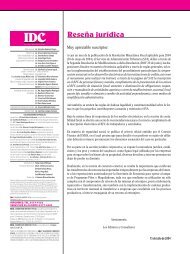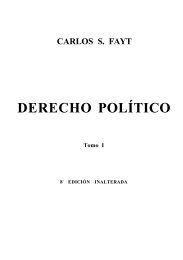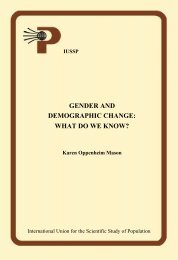The Evolution of Small Change: Beliefs, Experiments, and ...
The Evolution of Small Change: Beliefs, Experiments, and ...
The Evolution of Small Change: Beliefs, Experiments, and ...
Create successful ePaper yourself
Turn your PDF publications into a flip-book with our unique Google optimized e-Paper software.
10 Introduction<br />
lawyers (ecclesiastical <strong>and</strong> secular) came to grips with these observations as<br />
they confronted related legal issues <strong>and</strong> continuously refined their views <strong>of</strong><br />
money as a commodity <strong>and</strong> thereby approached a concept <strong>of</strong> fiat money. By<br />
the late 15th century, isolated experiments with convertible token coinage<br />
were carried out, but they encountered the technological constraints <strong>of</strong><br />
their time.<br />
<strong>The</strong> 16th century brought mechanization <strong>of</strong> minting. Coins <strong>of</strong> higher<br />
quality, more immune to counterfeiting, could be produced, but at a high<br />
fixed cost. This innovation tempted Castile into an experiment to reap<br />
the efficiency gains from a well managed fiat currency system based on<br />
token copper coins. But deficit finance ultimately created unprecedented<br />
inflation. Other countries across 17th century Europe wrestled with the<br />
same temptation, with a range <strong>of</strong> outcomes. Monetary doctrine responded<br />
to these experiments with an underst<strong>and</strong>ing <strong>of</strong> the conditions under which<br />
fiat money was desirable, <strong>and</strong> <strong>of</strong> the restrictions to place on its management,<br />
including limited legal tender provisions for small coins, based on a quantity<br />
theory <strong>of</strong> money. This period also saw the first enunciations <strong>of</strong> key elements<br />
<strong>of</strong> the ‘st<strong>and</strong>ard formula’ in Restoration Engl<strong>and</strong>.<br />
It took another century <strong>and</strong> a half before these recommendations were<br />
implemented. We close by endorsing Angela Redish’s account <strong>of</strong> how<br />
technological changes in metal working (namely, the application <strong>of</strong> the<br />
steam engine) opened the way for the first implementation <strong>of</strong> the st<strong>and</strong>ard<br />
formula in Britain in 1816. It took more decades before the formula was<br />
to be adopted in the United States, France <strong>and</strong> Germany, providing the<br />
basis for the Classical Gold St<strong>and</strong>ard.<br />
At the conclusion <strong>of</strong> this centuries-long learning process, societies<br />
emerged not only with a functioning commodity money system, but also<br />
with the theoretical tools <strong>and</strong> the collective experience to prepare a fiat<br />
money system. Some episodes <strong>of</strong> the 20th century resemble ones described<br />
in this book. So learning continues.


